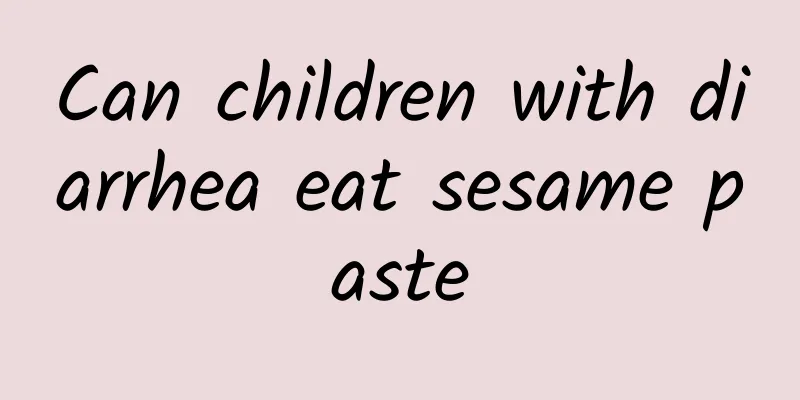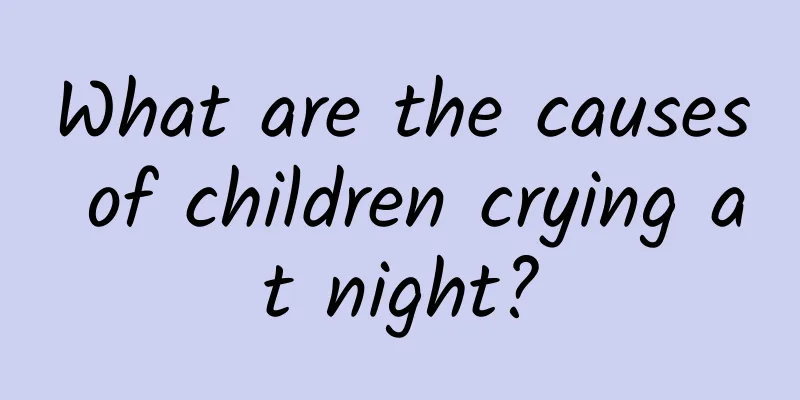What to do if children have urticaria due to cold

|
When children have a cold, urticaria is often related to external allergens or immune responses caused by viral infections. At this time, comprehensive treatment should be selected according to the condition, including anti-allergic drugs, skin care, and diet. If necessary, seek medical attention in time to avoid worsening of the condition. 1) Possible causes The causes of urticaria in children with colds usually include the following: -Viral infection: The cold itself is caused by a viral infection. During the viral infection, the immune system of some children may be abnormally triggered, resulting in hives on the skin. This situation is more common, especially in children whose immune systems have not yet fully developed. -Allergic reactions: During a cold, children may be exposed to new medicines, foods, or other allergens, such as pollen, dust mites, etc., which may induce urticaria. -Increased skin sensitivity: When children have a cold, their bodies are weak and their skin barrier function may be weakened, making them more susceptible to allergic symptoms after being stimulated. 2) Countermeasures a) Rational use of drugs To relieve the discomfort of urticaria, you can use the following medicines under the guidance of a doctor: - Antihistamines: such as loratadine, cetirizine, etc., are used to relieve itching and redness. -Topical medications: Apply calamine lotion to the itchy area to soothe and relieve itching. -If urticaria is accompanied by obvious symptoms of infection, you may consider using appropriate antiviral drugs. Please ask your doctor to evaluate the medication in combination with cold symptoms. b) Diet adjustment In terms of diet, you should choose light and easily digestible food and avoid highly allergenic foods such as seafood, nuts and milk. You can eat more fresh vegetables and fruits to promote immune recovery. Sufficient water intake can help speed up metabolism and eliminate toxins in the body. c) Skin care Avoid scrubbing your child's skin with hot water, which can make it itchy. Choose clothing made of natural materials that are loose and comfortable to wear to reduce skin friction. If your child is affected by allergens at home, it is recommended to purify the air and clean the environment in a timely manner. 3). Timing of medical treatment If the hives expand in size, are accompanied by a tightness in the throat, difficulty breathing, or if symptoms persist for more than two days, see a doctor immediately. Early diagnosis can rule out potentially serious conditions such as angioedema or anaphylactic shock. If urticaria occurs during a child's cold, parents should pay attention to the condition, choose symptomatic treatment measures according to the specific cause, and remain patient and careful. Mastering the correct care and coping methods will help the child recover as soon as possible. If the condition worsens or is accompanied by other serious symptoms, seek medical treatment as soon as possible. |
<<: What is the cause of high jaundice in newborns and what are the dangers
>>: The main cause of diarrhea in children is
Recommend
What are the examination methods for severe pseudohypertrophic malnutrition?
Everyone may be unfamiliar with pseudohypertrophi...
Folk remedies for treating diarrhea in children
Children's diarrhea is a problem that worries...
What to do about breast milk jaundice
Breast milk jaundice is a common type of neonatal...
How much does it cost to diagnose pediatric tracheitis?
No one wants to be sick, but many diseases come t...
How do you know if your baby has pneumonia? There are nine dietary taboos for children with pneumonia
If a child catches a cold and parents miss the ti...
How to treat hernia in children? Doctors point out the treatment and care methods of hernia in children
Hernia in children mainly occurs in the inguinal ...
Can the children's version of Kaihoujian spray cure cough? Children's version of Kaihoujian spray medication guide
Cough is a relatively common symptom of disease, ...
What are the symptoms of pneumonia in children? What are the daily dietary taboos for pneumonia in children?
In the daily process of parenting, pediatric pneu...
Does a newborn with patent ductus arteriosus need to take medicine?
Whether a newborn with patent ductus arteriosus n...
Why does the baby cough while feeding?
If a baby coughs while feeding, it may be due to ...
Will neonatal jaundice heal on its own?
Will neonatal jaundice get better on its own? Neo...
How long does it take to treat hemolytic jaundice in newborn babies?
The treatment time for hemolytic jaundice in newb...
How to scientifically judge a child's fever? Key points for medication for children's colds and fevers
Cold is a common disease in children. Generally, ...
What medicine should children take for diarrhea
There are many reasons for diarrhea in children. ...
What foods should adults with hand, foot and mouth disease eat
Hand, foot and mouth disease in adults can be rel...









